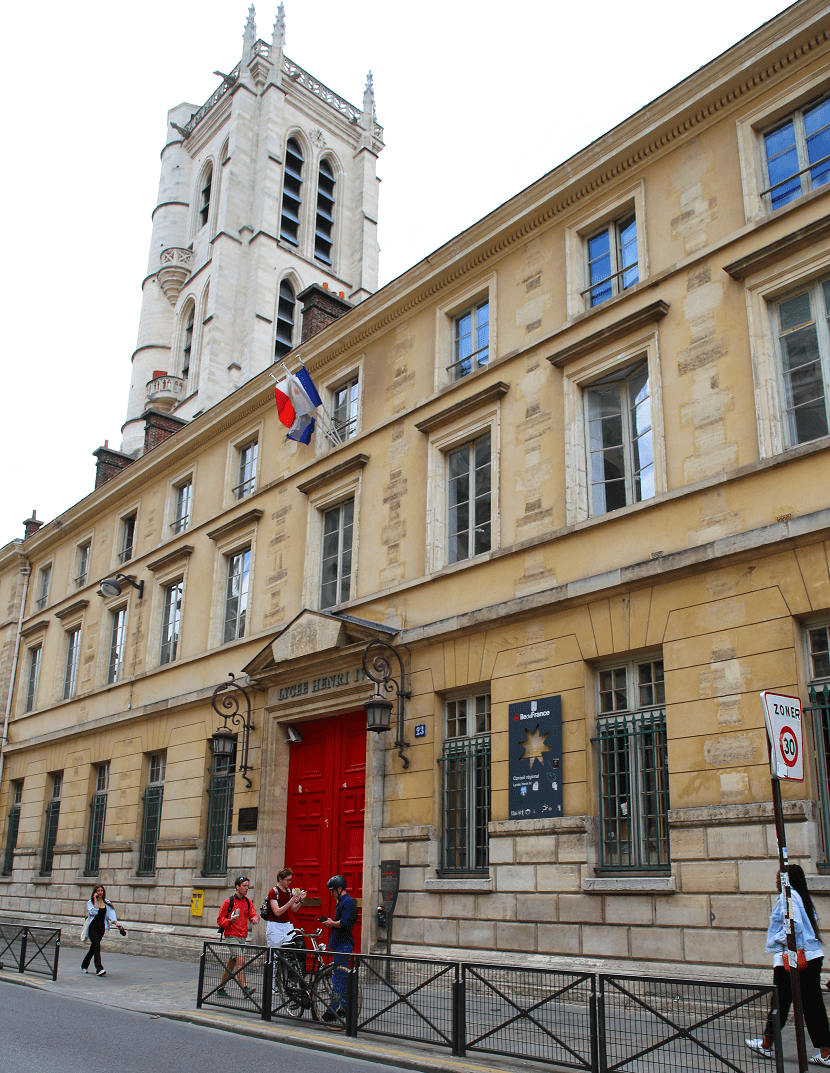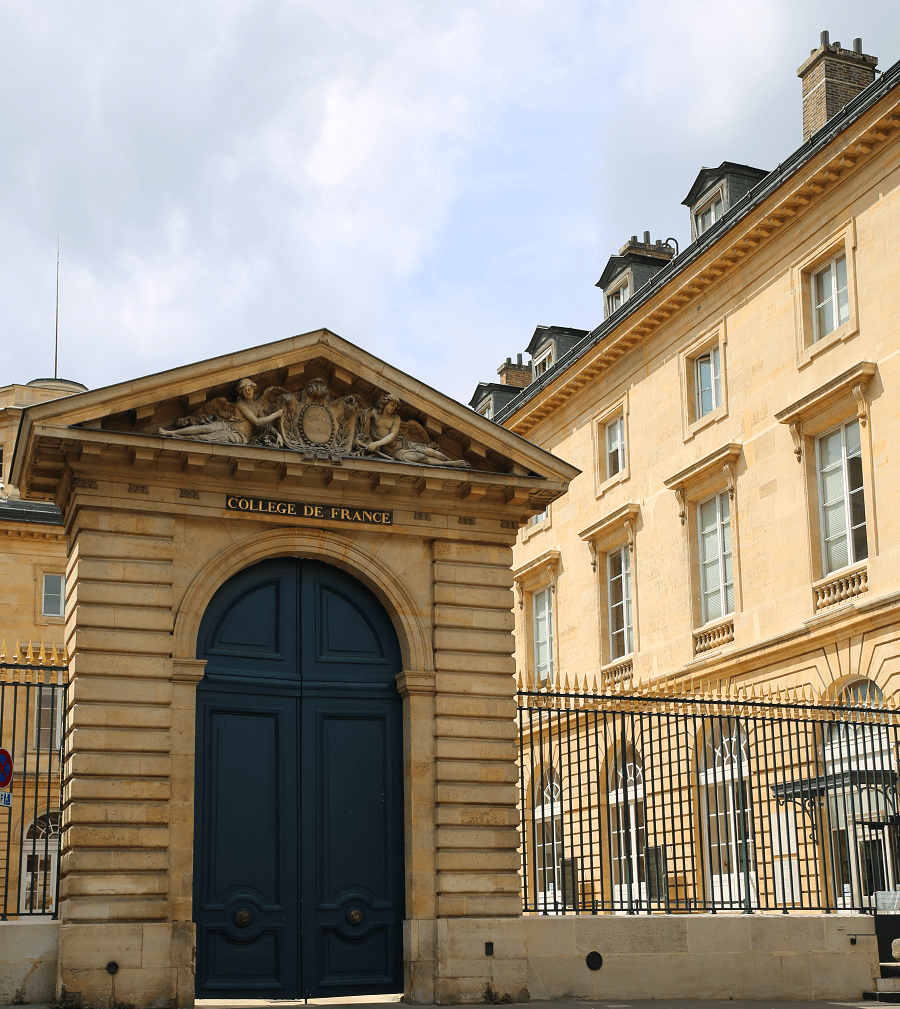The Henri-IV high school (Lycée Henri-IV) is a public secondary and higher education establishment, located in the 5th arrondissement of Paris (France), in the Latin Quarter near the Panthéon on the Place du Panthéon.
It welcomes more than 2,600 students, from middle school to preparatory classes.
The high school is renowned for its excellent results in the baccalaureate, in the general competitive examination and in the entrance examinations to the grandes écoles, and more especially for the literary competitions (Écoles normale supérieure de Paris, Lyon and Paris-Saclay, École nationale des chartes).
It’s known for his elitism and for having trained numerous intellectuals, politicians, scientists and French personalities.
It is also classified as a historic monument for some of its buildings inherited from the former Sainte-Geneviève abbey, which date from the 12th to the 18th century: cloister, Clovis tower (former bell tower), chapel (former refectory), Salle des Médailles (former cabinet of curiosities). Renovation work carried out around 1996 uncovered remains from the Carolingian era.
The school’s motto, Domus Omnibus Una (“A house for all” in Latin), is that of the Augustinian monks, whose headquarters the building was. The establishment is designated by the circumlocution “the high school on the mountain” for its dominant location on the Sainte-Geneviève mountain and by the abbreviation “H4”.
History
Lycée Henri-IV is located in the former royal Abbey of St Genevieve, in the heart of the Latin Quarter on the left bank of the river Seine, near the Panthéon and the church Saint-Étienne-du-Mont.
Rich in history, architecture and culture, the Latin Quarter contains France’s oldest and the most prestigious educational establishments: the École Normale Supérieure, the Sorbonne, the Collège de France, the Lycée Saint-Louis and the Lycée Louis-le-Grand.
The abbey was first established in 506; it flourished as a consequence of royal patronage, becoming an integral part of the Sorbonne and housing a great library. The abbey was suppressed during the French Revolution, and in October 1796 the site became the first of many public schools in France. The lycée’s name has changed several times since its inception–École Centrale du Panthéon (1794–1804); Lycée Napoléon (1804–1815); Collège Henri IV (1815–1848); Lycée Napoléon (1848–1870) and Lycée Corneille (1870–1872)–before its current name was settled on in 1873.
See more:










